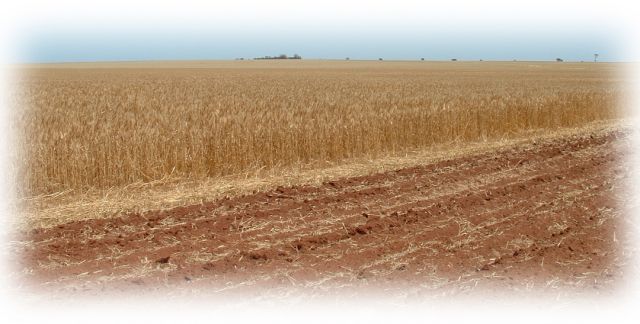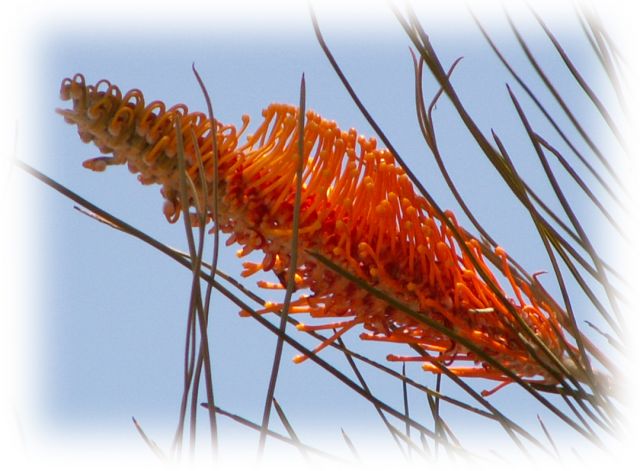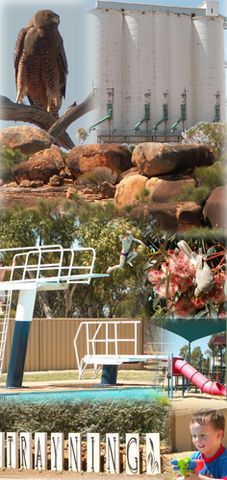What to see
 Country Lifestyle of the Wheatbelt
Country Lifestyle of the Wheatbelt
Travel through open farmland vistas that change with the seasons. Yellow fields of canola and green fields of wheat, oats or barley in winter and spring give way to the golden hues of early summer and the patchwork quilt of ploughed fields in the autumn. Spending time in a Wheatbelt town, meeting the locals, having a drink at a country pub - these are all ways to touch the country lifestyle of the Wheatbelt of Western Australia.
Wildflowers of the Wheatbelt
The Wheatbelt has a mosaic of habitats to see, from open woodland, granite outcrops, sand plain country and extensive salt lake systems; you can understand why there is a great variety of flora and fauna species.
There are over 980 plant species recorded in Trayning and the surrounding shires. Acacia and eucalypt make up the majority, but also included are some 47 species of orchids and numerous species of hakea, grevillea, verticordia and other varieties of heath land plants.
The best times for wildflowers in this region are from mid July through to late October with different species putting on their displays over the season. Some orchid and wattle species flower as early as April and May.
Submit your Wildflower sightings.
Wildflowers found within the KTY Shire in August/September
 Places of interest:
Places of interest:
Billyacatting Hill Situated on the Shire’s eastern boundary (27 kilometres east of Trayning), this 2,500 ha flora and fauna reserve is a nature lover's delight.
Yarragin Rock 24 kilometres north-east of Trayning, Yarragin Rock consists of twin monoliths rising from a flat granite outcrop and is visible from a great distance.
Gnammas 18 kilometres north of Trayning are the gnamma holes. Birds and other wildlife frequent the rock pools. The perimeters of gnamma holes are also good places to search for orchids, and other wildflowers.